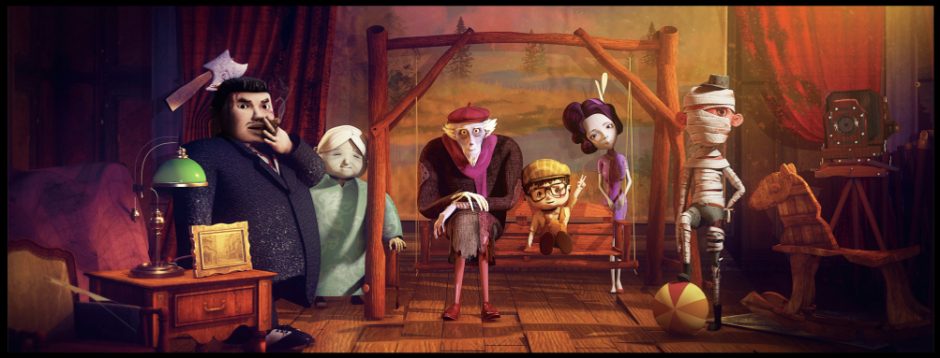Chapter1
(literature review background and foundation)
(analysis of articles, videos, cartoons, reports)
1.1 Definition and status of ironic animation
1.2 The origin and rise of ironic animation (historical process)
1.3 Types of irony * Verbal…* Situational… *Dramatic…
https://theoatmeal.com/comics/irony
Irony Films
Irony in film is a technique that writers of all kinds use, sometimes for laughs, to create an outcome that is contrary to what was, or might have been, expected. In movies and TV, these are lines given that directly contradict what we see on screen. A lot of times these can be sarcastic comments, but they’re not always supposed to be mean or snippy.
Sometimes these are self-deprecating, or lines that one character believes, but the audience knows there’s humor behind. Sort of like the “You either die a hero…” line from The Dark Knight. We know that Harvey is describing Bruce’s alter ego. Even though Harvey thinks he’s delivering a sick burn.
What is Irony?
In general, irony involves a contradiction between appearance and reality. In literature, irony is a deliberate gap between the language used and what is being discussed. Irony results when there is a difference in point of view between a character and the narrator or reader. There are four major types of irony: verbal, dramatic, situational, and cosmic.
Irony Examples in Disney Movies:
- Snow White’s Apple – Snow White and the Seven Dwarves…
- Remy – Ratatouille…
- Mufasa’s Death – The Lion King…
- Monster’s Inc…
- Hercules and the Magic Potion – Hercules…
- Numerous Fish – Finding Nemo…
- Aladdin’s Wish to Be Rich – Aladdin…
- Mr. Incredible – The Incredibles…
Irony is fundamental in storytellingIrony is the opposite of expectation. When what we expect to happen doesn’t happen, it creates conflict. When we know the truth about a dangerous situation and we watch someone else get close to that danger, it creates suspense. When someone says one thing but means another, it creates complexity. All of these elements (conflict, suspense, complexity) are fundamental building blocks in storytelling. You don’t need to be an expert on irony to be a good storyteller. But it sure helps. Let’s define irony before we move on to the various types of irony.
History of political animation
A political animation is a cartoon that makes a point about a political issue or event. You can find them in any daily newspaper, but they won’t be in the comics section. Instead, look on the editorial pages – they’re right next to the editorial columns, and across from the opinion essays. You can also find them in newsmagazines and on political Web sites. Political cartoons can be very funny, especially if you understand the issue that they’re commenting on. Their main purpose, though, is not to amuse you but to persuade you. A good political cartoon makes you think about current events, but it also tries to sway your opinion toward the cartoonist’s point of view. The best political cartoonist can change your mind on an issue without you even realizing how he or she did it.
Cartoonists’ persuasive techniques
Cartoonists use several methods, or techniques, to get their point across. Not every cartoon includes all of these techniques, but most political cartoons include at least a few. Some of the techniques cartoonists use the most are symbolism, exaggeration, labeling, analogy, and irony. Once you learn to spot these techniques, you’ll be able to see the cartoonist’s point more clearly. You should also be aware of any political slant, or bias, that he or she might have. When you know where the cartoonist is coming from, it’s easier to make up your own mind. You might also start watching out for the persuasive techniques used in other media, such as political ads and TV news programs. There are a lot of people out there trying to change your mind – it’s a good idea to be aware of how they’re doing it.
